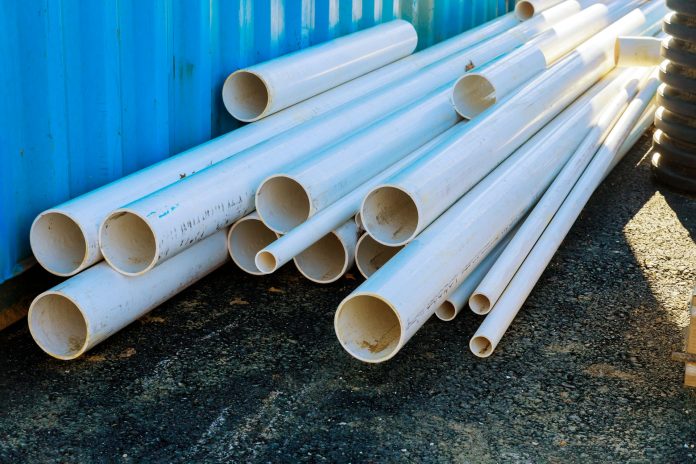Trenching has long been the standard method for laying pipes and conduits essential for transporting fluids and materials. However, an increasingly popular and efficient alternative is directional boring, which offers significant benefits in terms of efficiency and sustainability.
What is Directional Boring?
Directional boring, also known as horizontal drilling, deviated drilling, slant drilling, or horizontal directional drilling (HDD), involves using a surface drilling machine to create an underground path. This technique follows a specific bore path, resulting in minimal ground disturbance and making it virtually trenchless.
Advantages of Directional Boring
Directional boring has multiple advantages over traditional trenching.
- Less Ground Disturbance
One of the primary benefits of directional boring is its ability to dig trenches beneath buildings, roads, and other obstacles without causing surface damage. Traditional trenching, by contrast, requires extensive excavation that disrupts the landscape, often making it impractical in urban or heavily developed areas. Boring machines used in directional drilling have a smaller footprint, causing minimal disruption to the ground where they operate. This advantage makes directional boring an ideal choice for projects in sensitive or restricted areas where preserving the surface is crucial.
- Environmental Consciousness
Directional boring is also recognised for its environmental benefits. The technique reduces the risk of groundwater pollution, as it involves fewer disturbances to the soil and water table. Additionally, by maintaining the integrity of the digging site’s ecosystem and causing fewer fractures in rocky areas, directional boring helps preserve the natural habitat. This reduced environmental impact is particularly important in ecologically sensitive areas where traditional trenching could cause significant harm to local wildlife and plant life.
- Faster Project Completion
Time efficiency is another notable advantage of directional boring. The horizontal boring process is generally quicker and more efficient than traditional trenching. Because directional boring displaces less dirt, the cleanup process is simpler and faster, reducing the time required to restore the site to its original condition. Moreover, since fewer workers are needed for the boring process, other team members can be allocated to different project components, thereby accelerating the overall project timeline. This efficiency can lead to significant cost savings and faster delivery of the final project.
- Worker Safety
Directional boring also enhances worker safety. Traditional trenching involves extensive digging, which can pose risks such as falling rocks and debris. In contrast, directional boring creates minimal disturbance, reducing these hazards. The lower risk of accidents and injuries means that workers are less likely to be harmed during the digging process. Additionally, traditional trenching often requires the installation of protective systems like trench shoring to prevent cave-ins, whereas the safer directional boring method can often bypass these additional safety measures, simplifying the process and reducing costs.
- Security in All Weather Conditions
Weather can be a significant factor in construction projects, with traditional trenching being safest in fair weather conditions. Rain, snow, or other adverse weather conditions can pose security risks and lead to delays. Directional boring, however, can be performed regardless of weather conditions, reducing downtime and project delays. This all-weather capability ensures that projects can continue on schedule, providing a reliable solution even in regions with unpredictable weather patterns.
Differences Between Traditional Trenching and Directional Boring
Traditional trenching and directional boring each have unique characteristics, making them suitable for different applications.
- Ground Disturbance
Trenching requires crews to dig a trench to a specific length and depth to lay pipes or connect utilities. This method disturbs the ground significantly and is only feasible for job sites without obstructions such as buildings, roads, or large trees. Directional boring, on the other hand, creates a minimal surface footprint, allowing for installations under existing structures with little to no surface disruption.
- Environmental Impact
Trenching often leads to extensive environmental disruption, affecting the surrounding ecosystem and potentially causing erosion or water contamination. Directional boring minimises these environmental impacts, preserving the integrity of the natural habitat.
- Cost
The installation costs of traditional trenching are generally lower than those of directional boring. This cost difference can make trenching the more attractive option for projects with restrictive budgets. However, the long-term benefits of directional boring, such as reduced environmental remediation costs and faster project completion, can offset the higher initial investment.
- Application Flexibility
The project budget and property layout are primary factors when choosing between trenching and directional boring. Some projects may use both methods, with traditional trenching handling most earthmoving work and directional boring used for precise digging around and under structures. This hybrid approach allows for the efficient use of resources while minimising disruption and maintaining project timelines.
Directional boring is an efficient, environmentally conscious, and safer alternative to traditional trenching, suitable for a variety of applications where minimal ground disturbance and fast project completion are priorities. By understanding the advantages and differences between these two methods, project managers can make informed decisions that align with their specific needs and constraints, ensuring successful and sustainable project outcomes.

